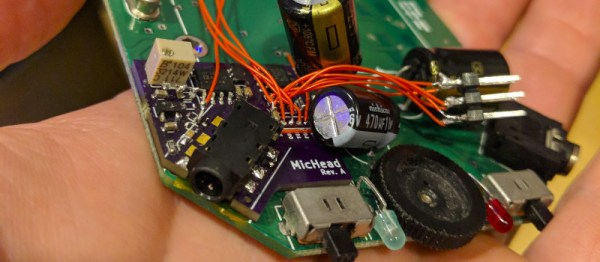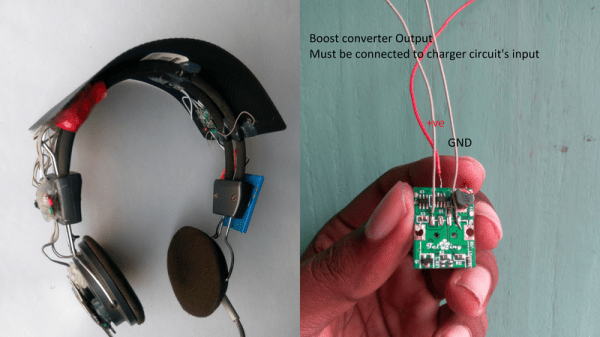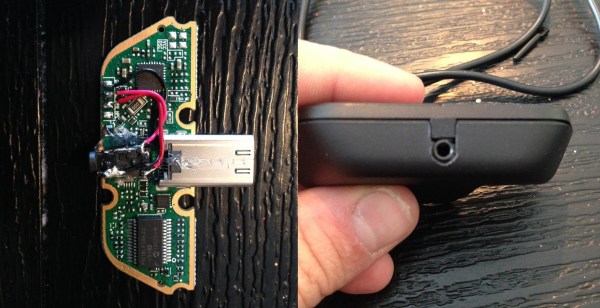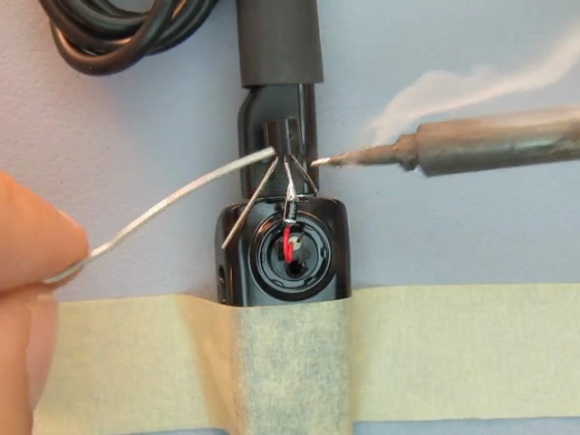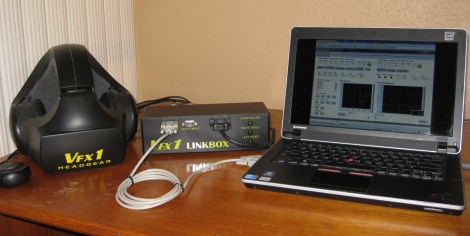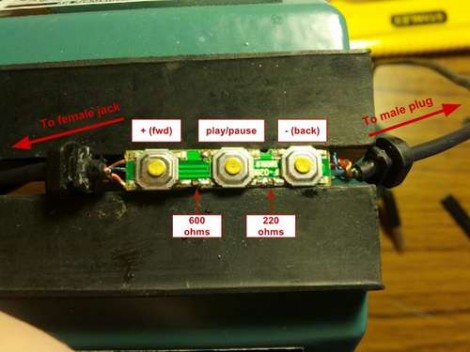Hands up if you’ve had the misfortune to work in an office with a fondness for following the latest fads. Paperless office, how long did that last? Or moving from physical telephones to a flaky VOIP application on your Windows computer, that’s sure to be a resounding success! We’ve all been there at some point, haven’t we?
[Joshua Wise] found himself in that unenviable situation of the VOIP app move, and since he is a habitual headphone music listener the prospect of wearing his company-supplied headset was not appealing. His solution was to take his HeadRoom BitHead amplifier and plumb into it a microphone channel, and though he went through quite some work to reach that point the quality of his final work is very high.
He was in luck with the headphone amplifier, because the USB audio codec turns out to have an unused audio-in function as well as some HID input lines. His headset has a set of buttons as well as the microphone, which switch in and out a set of resistors to indicate which of them is pressed. Some work with a microcontroller to detect this resulted in a working interface, which he put along with the microphone circuitry on a beautifully done piece of protoboard.
Most constructors would have been happy at this point, but not [Joshua]. He proceeded to design a PCB to fit into the space around the headset socket, to contain the circuitry and better fit within the case. The result is an exceptionally high quality piece of work which he admits consumed a huge amount of resources but for which we applaud him.
So [Joshua] has a cool headset. But is it solar powered?

